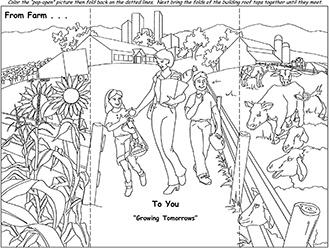
From Farm to You Coloring Sheet
This coloring sheet will accompany any lesson that explores the path food takes from farm to consumer. Students can color the image and then fold it to hide the consumers within the farm.

This coloring sheet will accompany any lesson that explores the path food takes from farm to consumer. Students can color the image and then fold it to hide the consumers within the farm.
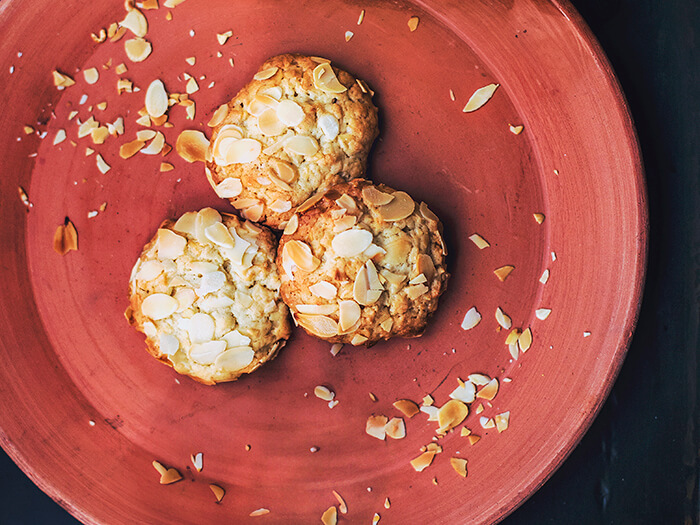
In this activity, students will multiply, divide, combine and reduce fractions using real world applications working with almond grower word problems and recipes.
In addition to selective breeding, genetic engineering tools are used by plant breeders to solve some agricultural challenges such as producing enough food to feed a growing global population or minimizing production impacts on our environment. Some plants have been engineered to be more nutritious, more resistant to pests, or more drought tolerant. In this activity, students will review the process of bacterial transformation and then look at the processes involved in creating genetically engineered plants.
In addition to selective breeding, genetic engineering tools such as transgenics and CRISPR gene editing can be used by plant breeders to solve agricultural challenges. Plants can be engineered to be more nutritious, more resistent to pests, drought tolerant, etc. This activity challenges students to match several crops and the challenges faced in growing them to potential solutions that could be reached with genetic engineering.

Demonstrate proper handwashing technique, proper surface cleaning and how to prevent the spread of germs. This kit includes a gel, lotion, or a powder which glows when exposed to a long wave UV light. This kit can be purchased from a variety of online retailers, search keyword "Glo Germ."
Young children place seeds on a sheet of paper and watch the seeds germinate.
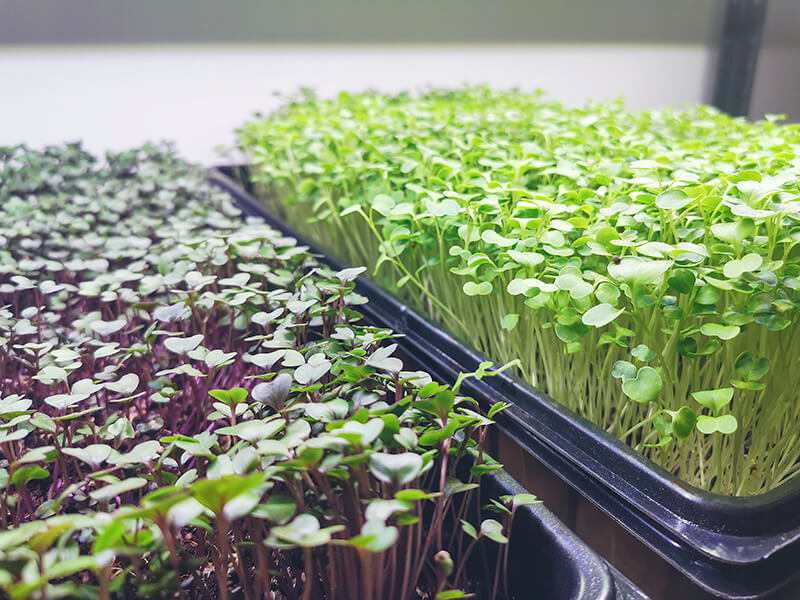
Growing microgreens is a quick, easy, and tasty way to explore the seed germination and plant growth life cycle. There are MANY different kinds of microgreens—some taste mild and juicy, others pack a spicy punch! Try growing a variety of microgreens to observe and eat.
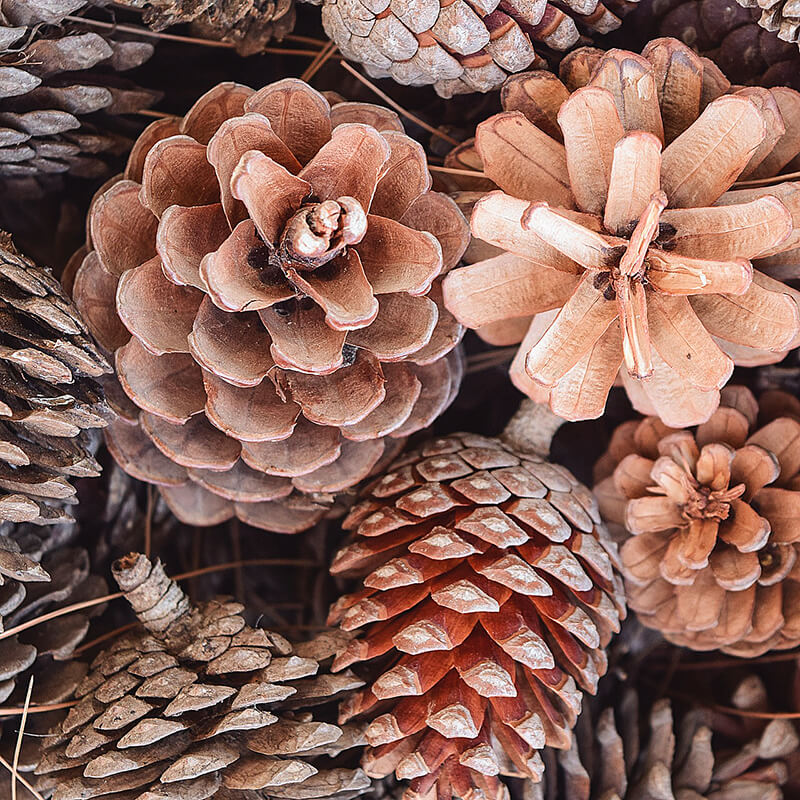
In this activity, students will explore how evergreen trees grow from cone to maturity by reading Where Would I Be in an Evergreen Tree? by Jennifer Blomgren and by making a bird feeder from a pine cone.
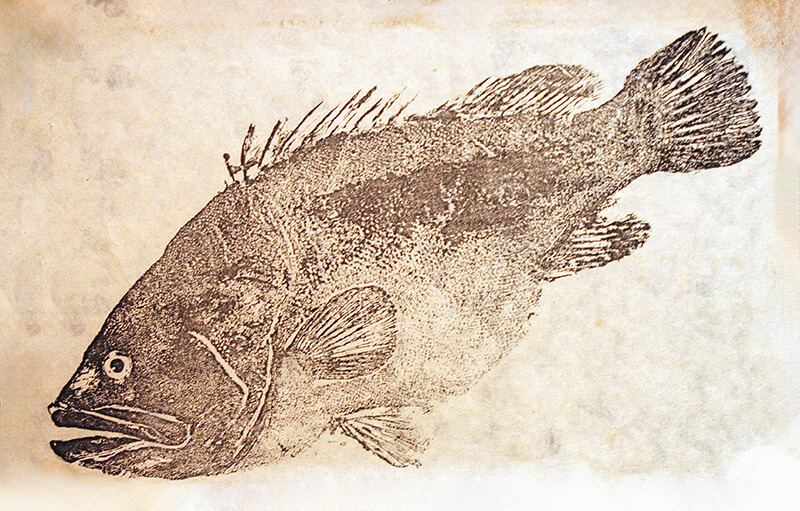
In this activity the students will identify the parts and functions of a fish, explore the Japanese art of fish printing known as gyotaku, and label their gyotaku print with the parts of a fish.
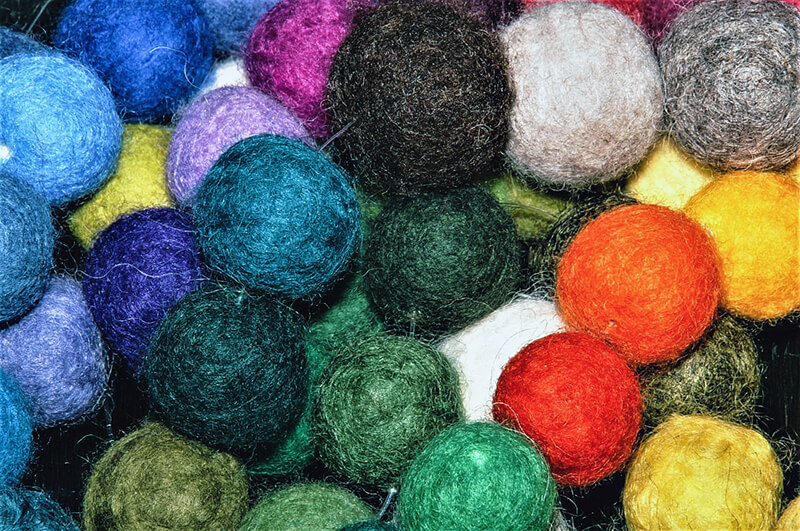
Spinning, dyeing, weaving, and felting wool can easily be done in the classroom. This activity provides instructions and a materials list, making it easy to prepare a hands-on wool project for your class. Wool processing is a topic that connects easily to lessons in history and science.
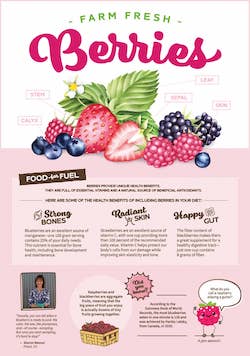
Tailored to inspire curiosity, engage young minds, and foster a genuine connection to where our food come from, these farm to school resources bridge the gap between the classroom and the farm. Resources include posters, lessons, mini books, and videos investigating tomatoes, grapes, apples, citrus, carrots, herbs, leafy greens, asparagus, berries, and corn.
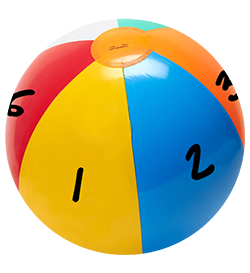
Do you have a complicated issue or problem to discuss with your students? Use a beach ball (or any other type of ball) to demonstrate why a person might have a different "point of view." This activity helps students recognize that every issue can be seen from different points of view.